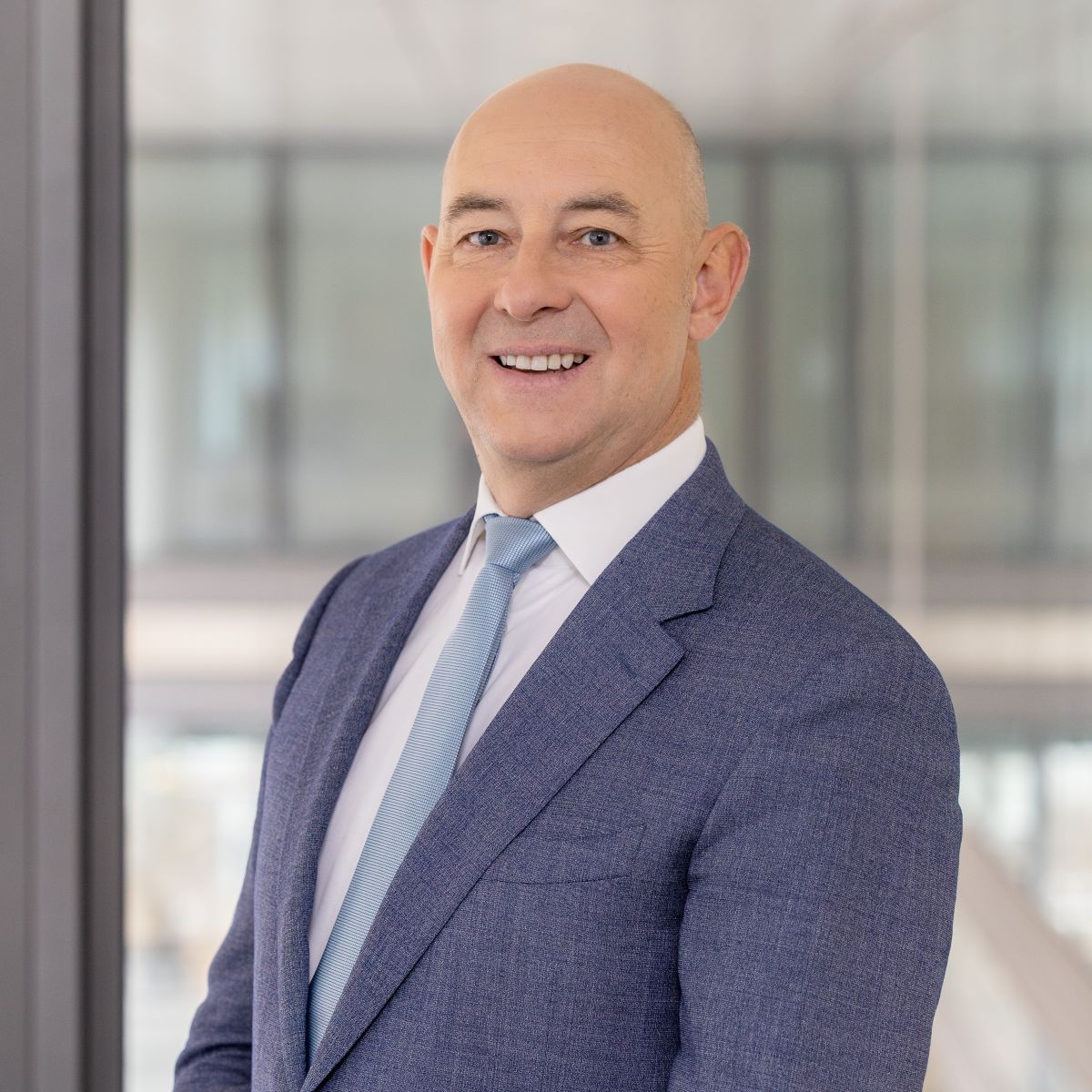Fund managers, banks and other financial institutions want to bring products to market as fast as they can – subject to compliance guardrails – to meet quick-moving trends and client demands. Such a need puts a big premium on efficient, scalable technology.
These pressures help explain why distributed ledger technology (DLT) – aka blockchain – is becoming an increasingly important part of “financial plumbing,” so its advocates say. This is certainly the view of . Clearstream, which has more than €20 trillion ($23.2 trillion) in assets under custody, provides securities settlement, custody, and related services for domestic and international markets.
In June this year, Clearstream partnered with asset management firm Azimut to develop a new digital solution for private market funds. The digital solution, which is an extension to Clearstream’s automated fund processing platform, Vestima, taps into Clearstream’s DLT-based platform, FundsDLT.
“The speed to deliver a new product to the market is much higher than the speed that each individual distributor could ,” Philippe Seyll (pictured below), CEO of Clearstream Fund Services, told WealthBriefing at a recent interview in London. This publication also spoke to Jan Sieg (pictured further below), managing director at Deutsche Börse Group’s Investment Management Solutions division.

Philippe Seyll
“We can put new funds on our platform within days,” Seyll said. “We decided some years ago to become more about DLT and the cloud. This is not a gimmick.”
The market is moving from a piecemeal to a more efficient way of operating, he continued.
DLT can help deal with the “notary function” – a critical role in the financial value chain (certifying contracts in a legally robust manner, etc).
“There is a rupture today between modern technology and manual processes and even governments have realised it,” he said.
Seyll lived through several major market episodes. He joined Clearstream in 2005 with a remit to expand the fund services business line. Previously, Seyll was managing director, head of investment managers, at Bank of New York, London and head of sales and marketing for Europe at Banque Indosuez, Luxembourg. Seyll is also a member of the board of directors of ABBL (Association des Banques et Banquiers à Luxembourg) representing the Digital Banking and FinTech Innovations Cluster and vice chairman of Luxembourg House of Fintech.
Working in a business that provides the post-trade infrastructure for securities from 60 markets has its demands. Although all firms like to say they’re unique, this one has its peers undertaking similar tasks in certain ways, such as Belgium-based and they have become more `retail’ than they used to be.”
At the heart of Clearstream is the sheer amount of data that it processes – giving it a finger on the financial pulse. “We used to churn the GDP of the UK every three days on our system!” he said.
Knowing what’s yours
Turning to Jan Sieg – mentioned above – this publication asked about Deutsche Börse Group’s investment management solutions business. It has grown in part via M&A. For example, in 2023, it acquired SimCorp, a provider of investment management software for buy-side firms, and ISS STOXX, which provides data and analytics, for example, showing how companies are owned and governed – vital for investors trying to use their shareholder muscle. (Deutsche Börse acquired ISS in 2021 and then combined it with index provider STOXX to create the ISS STOXX business.)

Jan Sieg
A former McKinsey and UBS senior figure, Sieg said that in the past three to five years, the financial services sector has “had to step up on its data capabilities.”
A major challenge for firms has been to give themselves and their clients an overview of their holdings…of “what you actually own.”
A chief investment officer and his/her team need a coherent, timely view of an asset management organisation’s entire portfolio, across all asset classes on a granular level in order to make sound investment decisions, Sieg agreed. Such information, for example, can give wealth managers an accurate idea of a portfolio’s sensitivity to changes in interest rates.
It may also be worthwhile to note that "while this may sound basic, in practice it poses considerable IT and data management challenges for investors,” he said.
“A core proposition of the SimCorp system is to give `one view’ of the entire portfolio,” Sieg continued.
Asked about the surge of interest in private market investing, Sieg said these asset classes present operational and data management demands. “Processing that data and getting it into usable shape is one of the services we provide,” he added.
